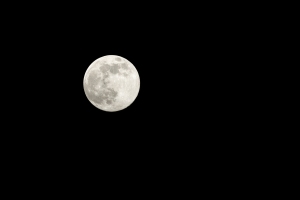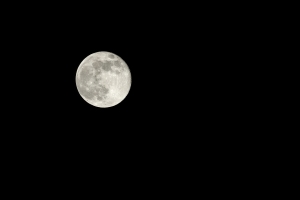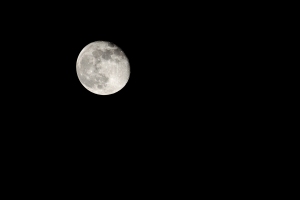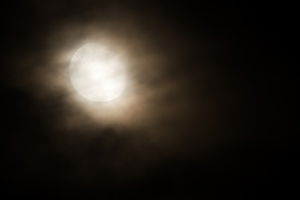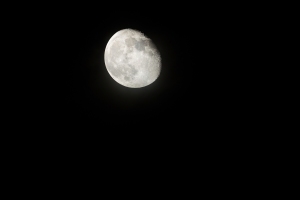Hi folks,
It’s been some time since I took my last moonscape photos so I thought I should give it a shot. Actually there are two reasons I decided to “return” to the moon: one the one hand when a national lockdown is in place there are less options for nature photography as the concept of “outdoor” fades out. Fortunately it is not forbidden to photograph the sky from home, neither in daytime or at night. On the other hand I bought a new long lens three months ago (Tamron 100-400) and from the very beginning I wanted to test it in moonlight.
However there were some challenges to overcome due to the first reason mentioned above. First, the area in which I live is full of blocks and the view from my window is covered by several trees. This means I had to wait some time until the moon was in the right position. Second, when shooting the moon with this long lens even if it has pro-grade image stabilisation (a.k.a. vibration compensation – VC) I still felt the need to get the tripod out of the closet on some occasions. The camera shake was visible in many shots and I also wanted to avoid increasing the ISO to ensure the details of the moon craters get as crisp as possible. Also in some cases I needed to use manual focus due to lack of contrast (even D500 has a hard time focusing when the moon is surrounded by clouds) and this tends to be easier when using the tripod.
Unfortunately I was only able to capture these few photos which are displayed below. This happened because the moon is pretty “moody” and has large time variations in its rise and set. On some of the nights I was unable to see it even at the predicted times, probably because it had a trajectory that made it impossible to view it in my living area.
Last but not least let me say a few words about zoom and focal distance. As mentioned earlier I shot the frames at 400mm focal range. They have been slightly cropped afterwards from 21 megapixels through 12-15 megapixels. The conclusion you would draw is that 400mm is (still) not enough for photographing our natural satellite. Yes, this might be a fact provided that it doesn’t fill the frame. Probably a 600mm or 800mm lens would be able to fulfil this requirement (say a Tamron 150-600 or for the ones with large wallets a prime). However don’t forget that camera shake becomes more visible the larger the focal is. Handheld shooting becomes a challenge and one would need a sturdy tripod to get full-blown details. As mentioned earlier increasing the ISO might not the best option unless a full frame is available (but then you lose the focal distance advantage due to the larger sensor). As in many life situations there is a trade-off. A cheaper alternative is buying a superzoom camera. This is not something I would take into consideration as I would never give up the optical viewfinder, the ergonomic advantage and image quality of the DSLR. The choice depends on each one of you of course.
I am pretty satisfied with the results and I’m waiting for a new occasion to capture this wonderful celestial body again. Who knows, probably next time it will be when walking outdoors. Let’s hope the situation gets better.
P.S. Check these posts too:
Moonlight
Astrophotography (2)
An Unforgetable Trip
Why Snow is a Perfect Setup for Photography (2)
My View on Post-processing Photos. One Touch Editing vs. Extensive Editing
